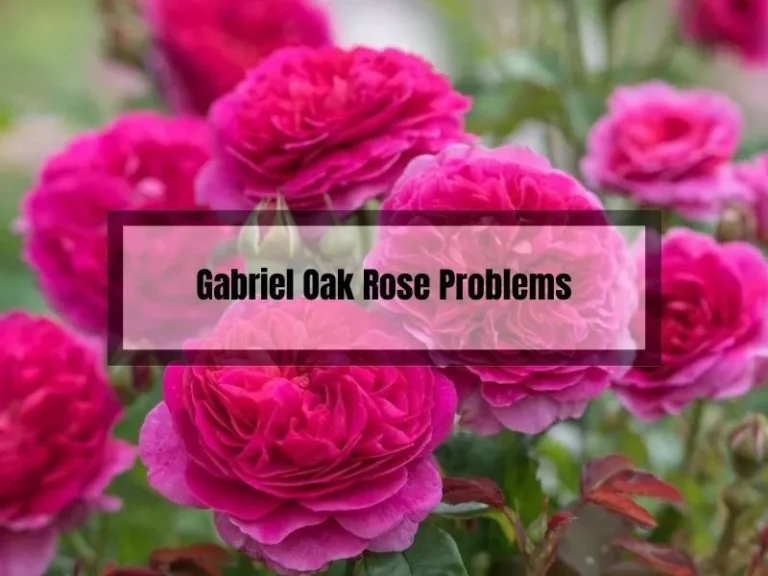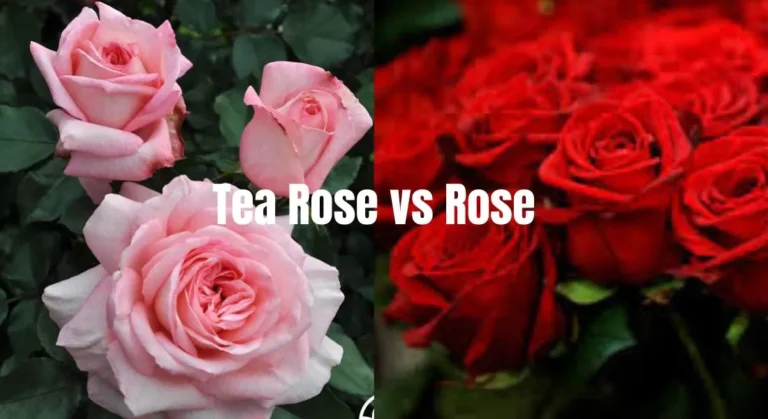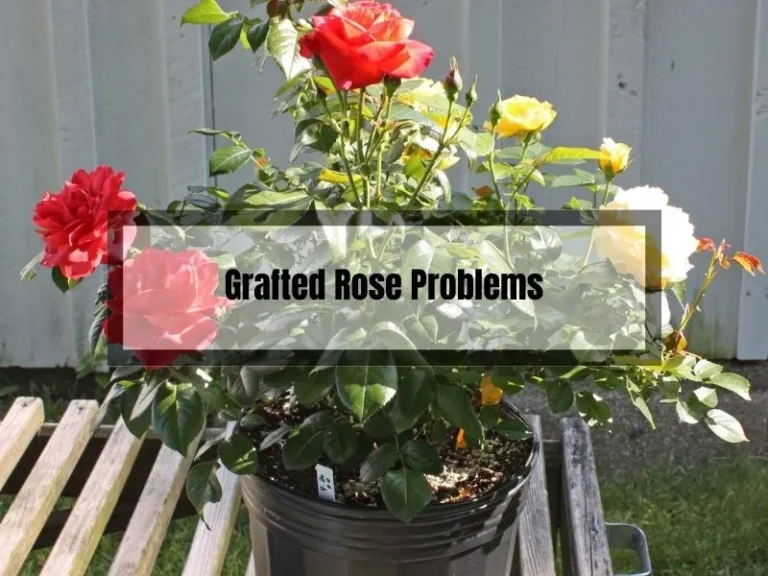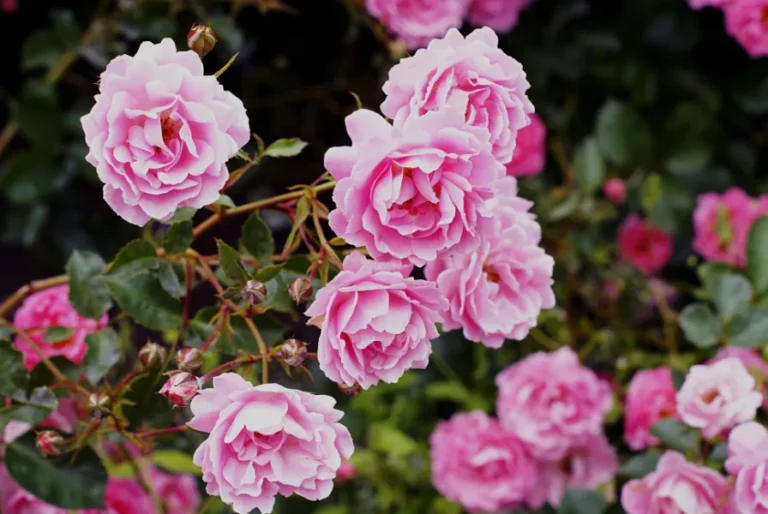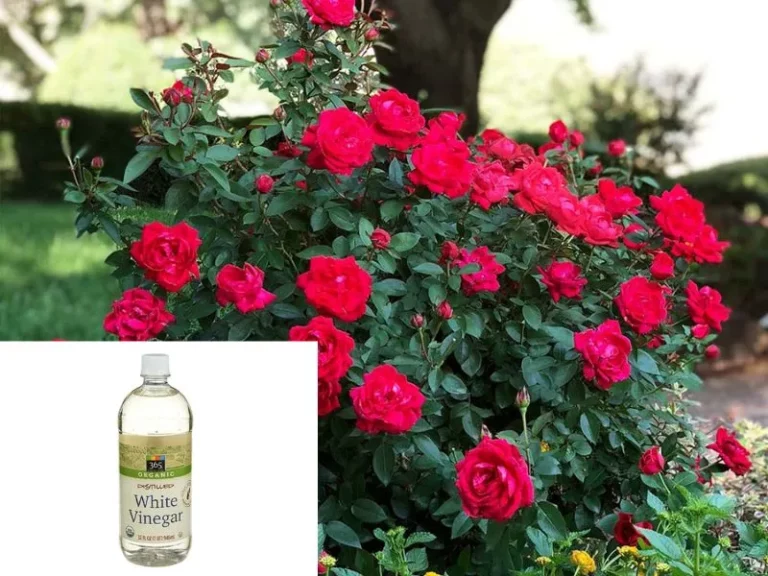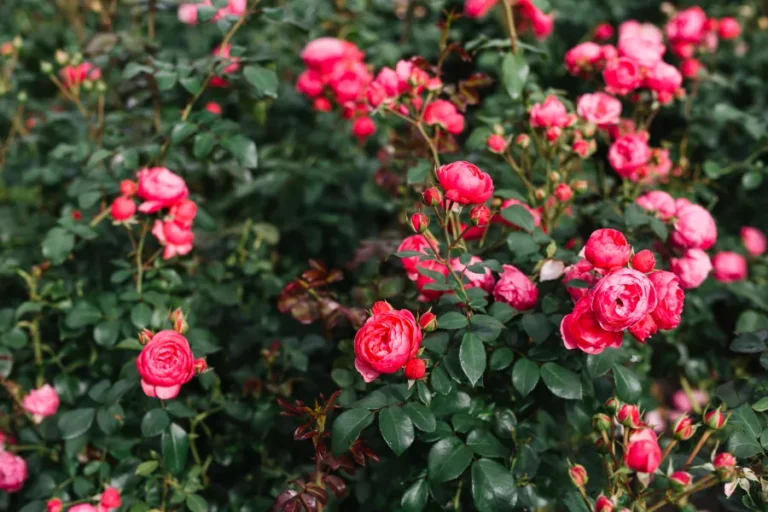Heirloom Roses: A Guide to Growing and Caring for These Beautiful Flowers
Heirloom roses are a stunning addition to any garden, known for their deep fragrance and large, beautiful blooms.
These roses are often referred to as Old Garden roses and were grown prior to 1867, before the first modern hybrid tea rose was bred. Since then, hybrid teas have become more popular, with the perfect florist-style bloom being prized over fragrance or disease resistance.
There are many different types of heirloom roses to choose from, such as Gallica, Damask, Alba, Centifolia, and Moss roses, each with its own unique characteristics. Growing heirloom roses can be challenging, but with the right care and attention, your roses will thrive and provide you with beautiful blooms year after year.
Key Takeaways
- Heirloom roses are Old Garden roses that were grown prior to 1867.
- There are many different types of heirloom roses to choose from, each with their own unique characteristics.
- Growing heirloom roses can be challenging, but the rewards are worth it.
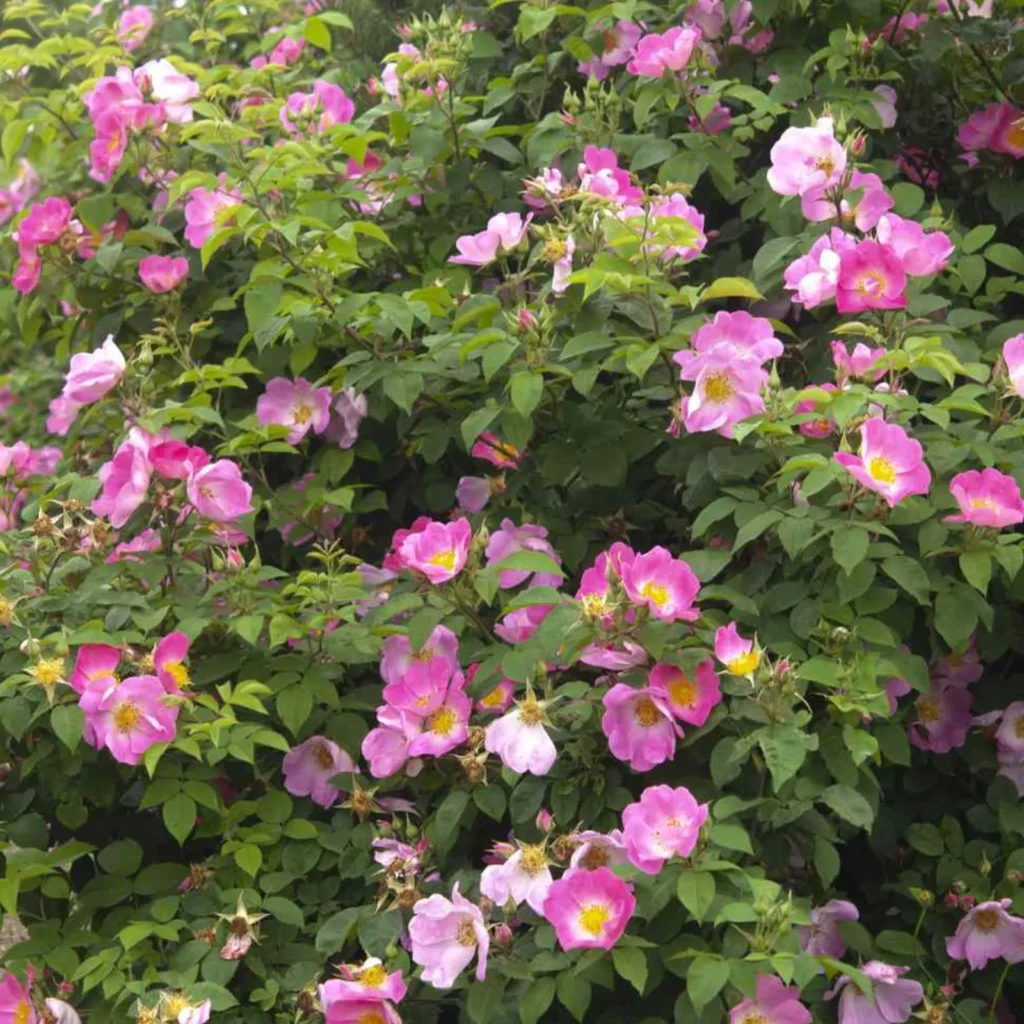
Heirloom Roses
Heirloom roses, also known as old garden roses, have been around since before 1867. They are known for their deep fragrance, disease resistance, and large, beautiful blooms. Unlike modern hybrid tea roses, heirloom roses require less maintenance, making them a popular choice for gardeners.
Heirloom roses come in a wide variety of colors and bloom shapes, including single, double, and ruffled blooms. When selecting heirloom roses for your garden, it’s important to choose varieties that are well-suited to your climate and soil type.
Some popular heirloom rose varieties include:
- Alba Roses: These roses have white or pink flowers and are known for their hardiness and disease resistance.
- Gallica Roses: These roses have deep pink or purple flowers and are known for their strong fragrance.
- Damask Roses: These roses have pink or white flowers and are known for their strong fragrance and disease resistance.
To plant heirloom roses, choose a sunny location with well-draining soil. Roses prefer slightly acidic soil with a pH between 6.0 and 6.5. You can improve soil quality by amending it with compost or other organic matter.
Water your roses regularly and fertilize them with a balanced fertilizer in the spring and summer. Prune your roses in the late winter or early spring to promote healthy growth and remove any dead or diseased wood.
Overall, heirloom roses are a beautiful and low-maintenance addition to any garden. With their stunning blooms and fragrant scent, they are sure to bring joy and beauty to your outdoor space.
History of Heirloom Roses
Heirloom roses have a rich history that dates back to ancient times. Originating in the eastern Mediterranean, these roses were cultivated by Egyptians, Greeks, Persians, and Romans.
During the Middle Ages, roses gained popularity in Europe, cultivated in monasteries and used for medicinal purposes. In the 18th and 19th centuries, rose breeding became popular among the wealthy, leading to the development of new rose varieties, including the hybrid tea rose, still popular today.
The American Rose Society classifies roses into two major categories: old garden roses (cultivated before 1867) and modern roses. Old garden roses include subcategories like Alba, Gallica, Damask, Centifolia, Moss, and China, each with unique characteristics and history.
The Gallica rose, one of the oldest cultivated roses, is known for its fragrance and cold-hardiness (zone 4). The Damask rose, prized during the Renaissance, is famous for its fragrance and delicate pink or white petals, used for making rosewater, perfume, and cooking.
Types of Heirloom Roses
If you are looking to add some classic charm to your garden, heirloom roses are a great choice. Here are some popular types of heirloom roses to consider:
Gallica Roses
Gallica roses are some of the oldest roses in existence, known for their strong fragrance and beautiful colors. They are hardy and can withstand colder climates.
Damask Roses
Damask roses are another ancient variety of rose, originating in the Middle East. They are known for their strong, sweet fragrance and delicate petals. They come in a variety of colors and are often used in perfumes and cosmetics.
Alba Roses
Alba roses are a hardy variety of rose that originated in Europe. They are known for their strong fragrance and beautiful white or pink blooms.
Alba roses are also resistant to disease and pests, making them a popular choice for gardeners.
Centifolia Roses
Centifolia roses, also known as cabbage roses, are a popular choice for their large, full blooms and strong fragrance. They come in a variety of colors and are often used in perfumes and cosmetics.
Moss Roses
Moss roses are a unique variety of rose that are known for their mossy growth on the stems and buds. They come in a variety of colors, are known for their strong fragrance and delicate petals.
China Roses
China roses are a popular variety of rose that originated in China. They are known for their delicate petals and sweet fragrance, and come in a variety of colors. China roses are also resistant to disease and pests, making them a great choice for gardeners.
Bourbon Roses
Bourbon roses are a popular variety of rose that originated on the island of Bourbon, now known as Réunion. They are known for their large, full blooms and strong fragrance, and come in a variety of colors.
Hybrid Perpetual Roses
Hybrid perpetual roses are a modern variety of rose that were developed in the 19th century. They are known for their large, full blooms and strong fragrance, and come in a variety of colors.
Growing Heirloom Roses
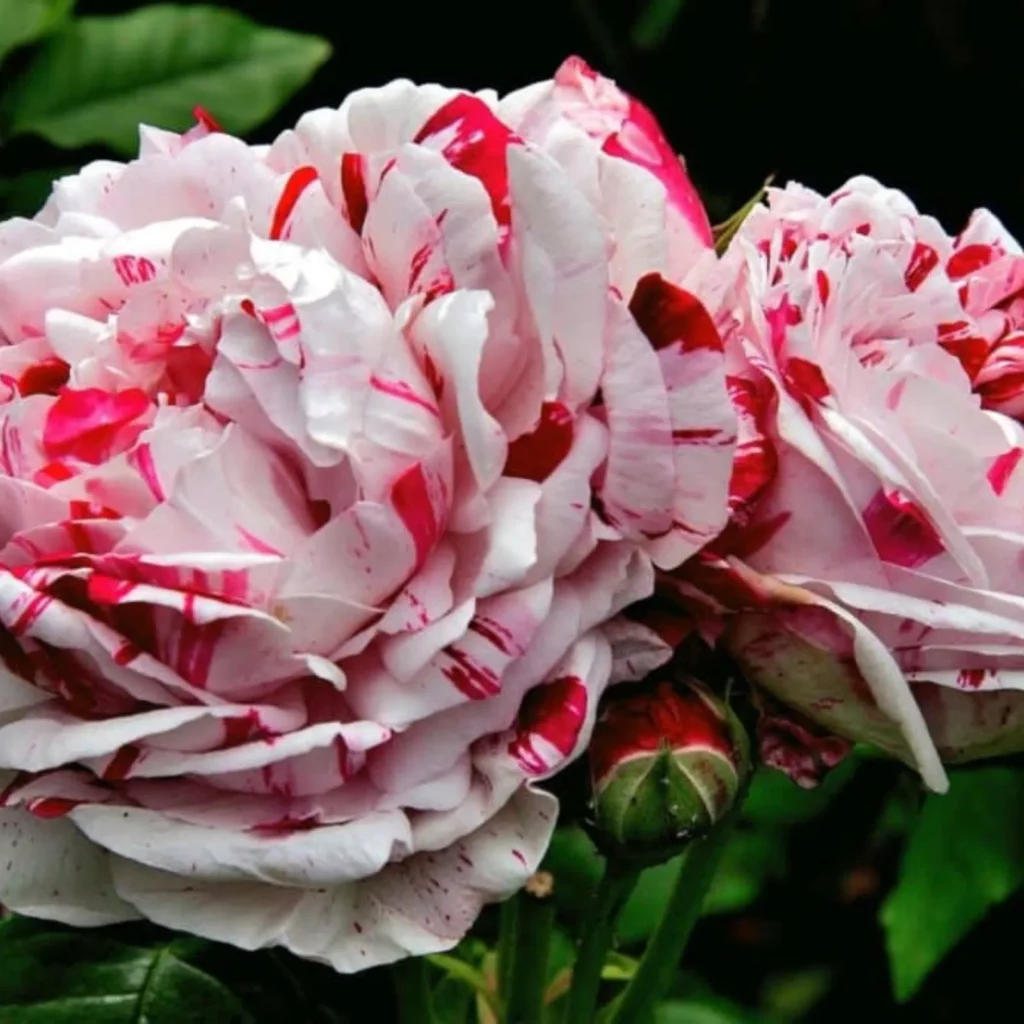
Growing heirloom roses can be a rewarding experience. However, it requires careful preparation, planting, watering, and pruning. Here are some tips to help you grow beautiful heirloom roses in your garden.
Soil Preparation
The first step in growing heirloom roses is to prepare the soil. To ensure your roses thrive, they need well-drained soil that is rich in organic matter. To prepare the soil, test the soil pH to ensure it is between 6.0 and 6.5.
Add compost, aged manure, or other organic matter to improve soil structure and fertility. Mix in bone meal or rock phosphate to provide phosphorus, which is essential for root development. Avoid using synthetic fertilizers, which can damage the soil ecosystem and harm beneficial microorganisms.
Planting
Once you have prepared the soil, it’s time to plant your heirloom roses. Choose a sunny location with good air circulation. Dig a hole that is twice as wide and deep as the root ball.
Add a handful of bone meal or rock phosphate to the bottom of the hole. Place the rose in the hole and backfill with soil, firming it around the roots.
Water thoroughly to settle the soil and remove any air pockets. Mulch around the base of the plant to retain moisture and suppress weeds.
Watering
Proper watering is essential for the health and growth of your heirloom roses. Water deeply and infrequently, rather than shallowly and frequently.
Use a soaker hose or drip irrigation to deliver water directly to the roots. Water in the morning or evening to reduce evaporation and prevent fungal diseases. Avoid getting water on the leaves, which can promote disease.
Pruning
Pruning is an important part of maintaining the shape and health of your heirloom roses. Prune in late winter or early spring, before new growth begins. Remove any dead, diseased, or damaged wood.
Cut back any crossing or rubbing branches. Prune to shape the plant and encourage vigorous growth. Use sharp, clean pruning shears to make clean cuts.
By following these tips for soil preparation, planting, watering, and pruning, you can grow beautiful heirloom roses that will add color and fragrance to your garden for years to come.
Related Posts:
Benefits of Growing Heirloom Roses
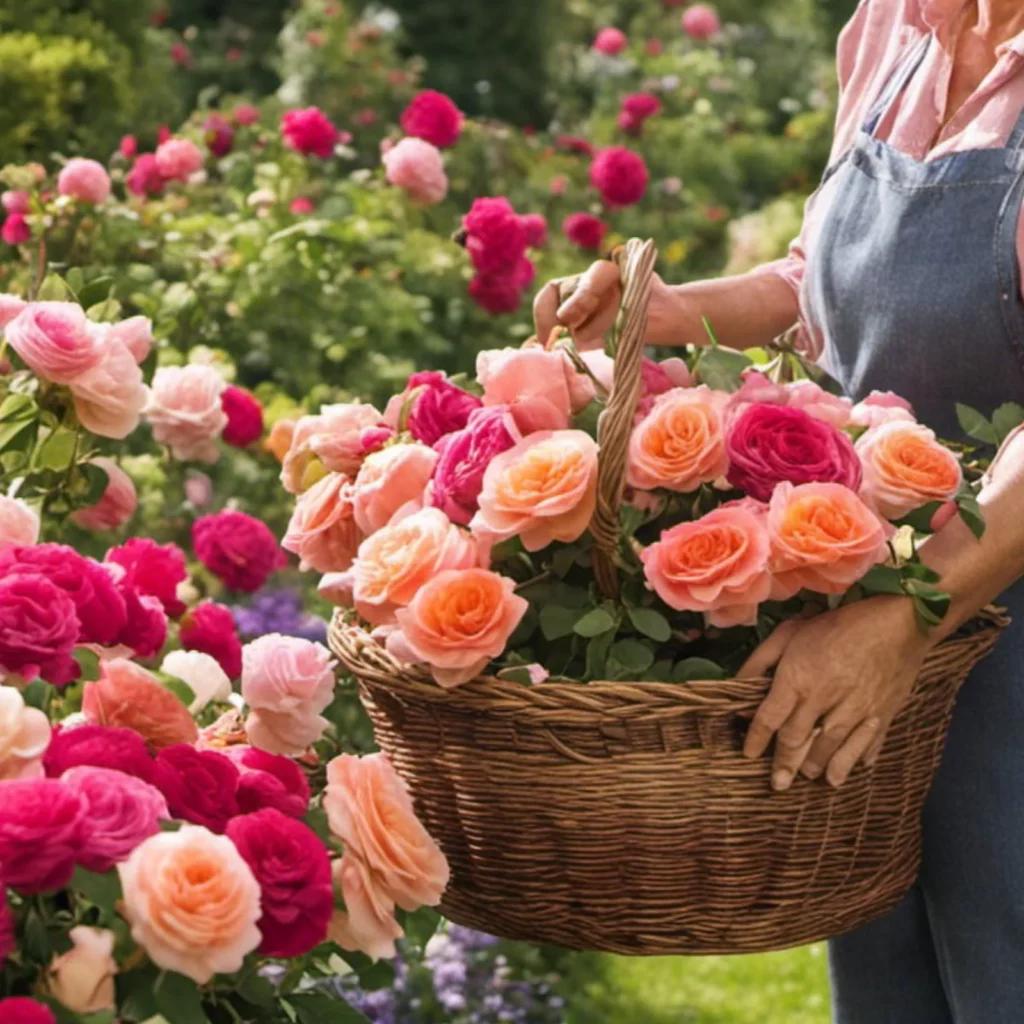
If you want to add a touch of old-school charm to your garden, heirloom roses are a great choice. They offer several benefits that modern hybrid roses cannot match. Here are some of the benefits of growing heirloom roses:
1. Unique and Beautiful
Heirloom roses are unique and beautiful. They come in a wide range of colors and shapes, making them a great addition to any garden.
Some varieties even have a delicate fragrance that will fill your garden with a sweet scent. With their classic look, heirloom roses can add a touch of elegance to your outdoor space.
2. Easy to Grow
Growing heirloom roses is easy and requires very little maintenance. Unlike modern hybrid roses, which often require regular pruning and fertilization, heirloom roses can thrive with minimal attention.
This makes them a great choice for gardeners who are short on time or who are new to gardening.
3. Disease Resistant
Many heirloom rose varieties are more disease-resistant than modern hybrid roses. This is because they have been bred over many years to be hardy and resistant to common rose diseases.
With their natural resistance, heirloom roses are a great choice for gardeners who want to avoid using pesticides and chemicals in their garden.
4. Environmentally Friendly
Heirloom roses are environmentally friendly. Because they are easy to grow and require minimal maintenance, they are a great choice for gardeners who want to reduce their environmental impact.
Additionally, many heirloom rose varieties are disease-resistant, which means that they require fewer pesticides and chemicals to keep them healthy.
5. Historical Value
Growing heirloom roses can be a way to connect with history. Many heirloom rose varieties have been grown for hundreds of years and have a rich cultural and historical significance.
By growing these roses in your garden, you can help preserve a piece of history and connect with the past.
Challenges and Solutions in Growing Heirloom Roses
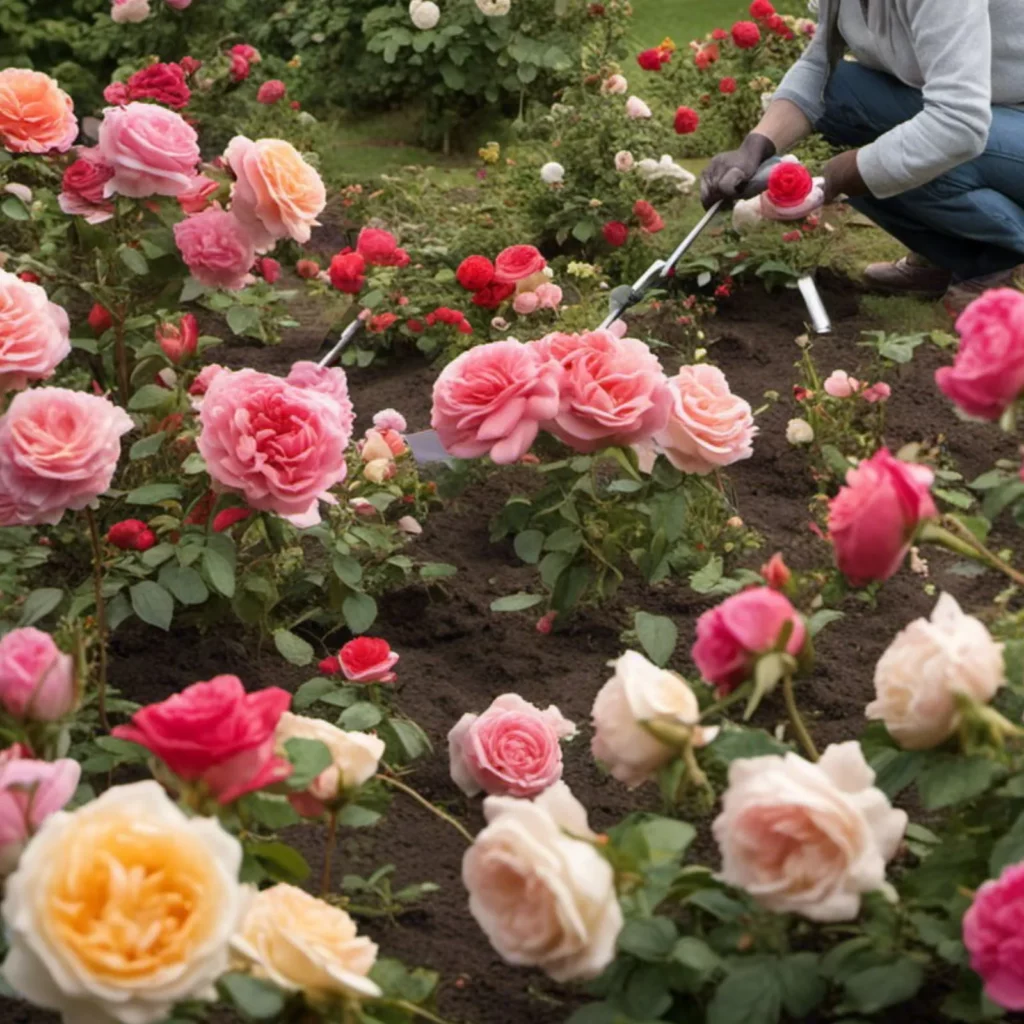
Growing heirloom roses can be a rewarding experience, but it’s not without its challenges. In this section, we’ll explore some of the common issues that come up when growing heirloom roses and provide some solutions to help you overcome them.
Pest Control
One of the biggest challenges in growing heirloom roses is dealing with pests. Aphids, thrips, and Japanese beetles are common pests that can affect your roses. To control aphids, you can use insecticidal soap or neem oil.
Ladybugs are also a natural predator of aphids and can help keep their population in check. Thrips can cause damage to your rose buds and petals. To control them, you can use insecticidal soap or neem oil.
Yellow sticky traps can also be used to catch them. Japanese beetles can cause significant damage to your rose plants by eating the leaves and flowers. To control them, you can use a systemic insecticide or handpick them off your plants.
Disease Management
Another challenge in growing heirloom roses is managing diseases. Black spot, powdery mildew, and rust are common diseases that can affect your roses. To manage black spot, you can use a fungicide or remove infected leaves.
You can also try planting disease-resistant varieties of roses. Powdery mildew causes a white, powdery coating to appear on the leaves of your rose plants. To manage it, you can use a fungicide or remove infected leaves.
Increasing air circulation around your plants by pruning them or spacing them out more can also help. Rust causes orange or rust-colored spots to appear on the leaves of your rose plants. To manage it, you can use a fungicide or remove infected leaves. Planting disease-resistant varieties of roses is also an option.
FAQs
How do I care for my heirloom roses?
The care of heirloom roses is similar to that of modern roses. They need regular watering, pruning, and fertilizing to thrive.
Heirloom roses are generally more disease-resistant than modern roses, but they still need to be monitored for pests and diseases. You can find more detailed information on caring for heirloom roses in our Heirloom Roses Help Center.
How do I plant heirloom roses?
Planting heirloom roses is easy, but it’s important to do it right. Here are the basic steps:
- Choose a sunny location with well-draining soil.
- Dig a hole that’s twice as wide and deep as the root ball.
- Mix in some compost or other organic matter to improve soil quality.
- Place the rose in the hole and backfill with soil, making sure the graft union is above the soil line.
- Water thoroughly and add a layer of mulch to retain moisture.
For more detailed instructions, check out our article on Planting Roses.
What is the difference between heirloom roses and modern roses?
Heirloom roses are older varieties that have been grown for generations. They are generally more disease-resistant and have a more classic look than modern roses.
Modern roses, on the other hand, have been bred to be more disease-resistant, longer-lasting, and more colorful. They come in a wider variety of sizes, shapes, and colors than heirloom roses.
What is the warranty on heirloom roses?
At Heirloom Roses, we guarantee our roses are healthy, grown on their own roots, virus-free, and true to variety. We are so confident in our roses that we warranty them for one year from the date of shipping, as long as they are properly planted per our planting instructions and cared for according to our Rose Care Guide. If you have any issues with your roses, please contact our customer service team for assistance.

